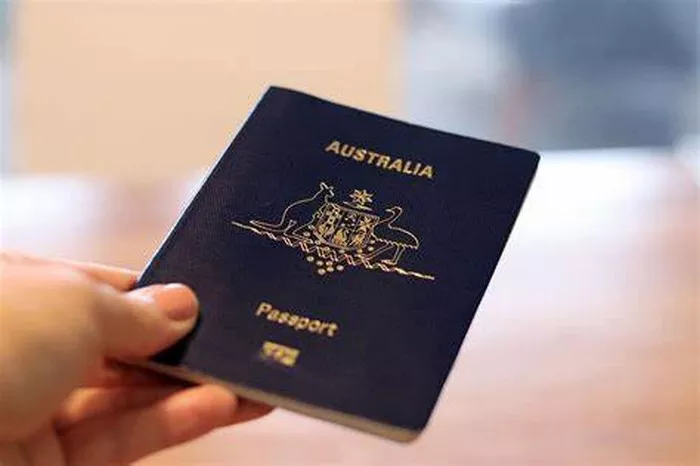Australia is a popular destination for tourists, professionals, and students alike, offering a wealth of natural beauty, cultural experiences, and economic opportunities. However, visiting Australia requires the appropriate visa depending on the purpose and duration of your stay. Navigating through the various visa options can be complex, but understanding the different categories and their requirements will help you determine which visa is suitable for your needs.
Understanding Australian Visa Categories
Australia offers several visa categories tailored to different purposes of visit:
1. Visitor Visas:
Visitor (Tourist) Visa (subclass 600): Suitable for tourists, business visitors, or visiting family and friends. Allows stays typically up to three, six, or twelve months.
Electronic Travel Authority (ETA) (subclass 601): Available to passport holders from certain countries for short visits for tourism or business purposes, valid for multiple entries within a year and allowing stays of up to three months per visit.
eVisitor (subclass 651): Similar to ETA but available to passport holders from European Union countries and a few other European countries.
2. Temporary Work Visas:
Temporary Skill Shortage (TSS) visa (subclass 482): For skilled workers nominated by an approved employer to fill positions where there is a demonstrated shortage of skilled workers in Australia.
Temporary Graduate visa (subclass 485): Allows international students who have recently graduated from an Australian institution to work in Australia temporarily after their studies.
3. Student Visas:
Student Visa (subclass 500): For individuals enrolled in a registered course of study in Australia. Allows for the duration of the course plus some additional time.
4. Permanent Visas:
Skilled Independent visa (subclass 189): A permanent visa for skilled workers who are not sponsored by an employer, state, or family member.
Employer Nomination Scheme (subclass 186): For skilled workers nominated by an approved employer for a permanent visa.
Determining Your Eligibility
When deciding which visa you need to visit Australia, consider the following factors:
Purpose of Visit: Are you visiting for tourism, business, to study, or to work temporarily or permanently?
Duration of Stay: How long do you intend to stay in Australia?
Passport Country: Some visas, like the ETA and eVisitor, are available only to passport holders from specific countries.
Financial Capacity: Some visas require proof of sufficient funds to cover your stay and expenses in Australia.
Health and Character Requirements: Depending on the visa, you may need to meet certain health and character requirements.
SEE ALSO: REQUIREMENTS FOR PERMANENT RESIDENCY (PR) IN AUSTRALIA
Applying for an Australian Visa
The process of applying for an Australian visa typically involves several steps:
Choose the Right Visa: Based on your purpose of visit and eligibility criteria, select the most appropriate visa subclass.
Gather Required Documents: This usually includes your passport, proof of funds, health insurance, and other supporting documents depending on the visa subclass.
Submit an Online Application: Most Australian visa applications can be submitted online through the Department of Home Affairs website or through a registered migration agent.
Biometrics and Health Checks: Depending on the visa subclass, you may need to provide biometrics (fingerprints and photograph) and undergo a health examination.
Wait for a Decision: Processing times vary depending on the visa subclass and individual circumstances. Check the current processing times on the Department of Home Affairs website.
Receive the Visa: If your application is successful, you will receive your visa grant notification electronically. Make sure to check the details of your visa and conditions attached to it.
Tips for a Smooth Visa Application Process
Apply Early: It’s recommended to apply for your visa well in advance of your planned travel dates to allow for processing times and any additional documentation that may be required.
Provide Accurate Information: Double-check all information provided in your application to avoid delays or potential visa refusal.
Consult with a Migration Agent: If you’re unsure about which visa to apply for or need assistance with the application process, consider consulting with a registered migration agent or immigration lawyer.
Conclusion
Choosing the right visa to visit Australia depends on your specific circumstances and the purpose of your visit. Whether you’re visiting for tourism, business, to study, or to work temporarily or permanently, there is likely a visa subclass that aligns with your needs. Understanding the different visa categories, eligibility requirements, and the application process will help ensure a smooth and successful visa application experience. For the most current and detailed information, always refer to the official Department of Home Affairs website or seek advice from a qualified migration agent.


